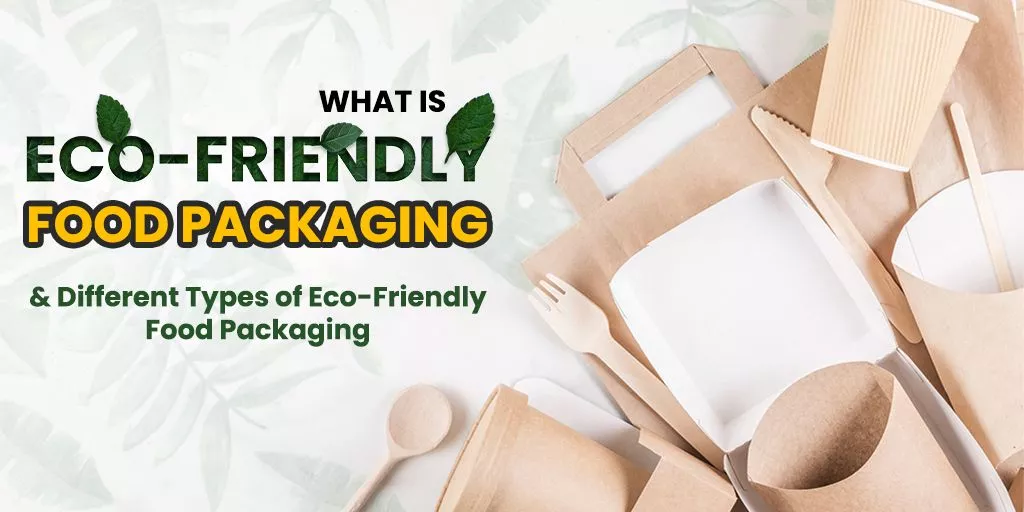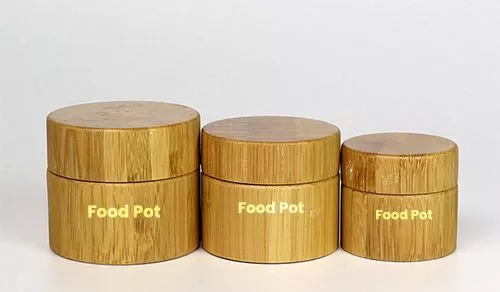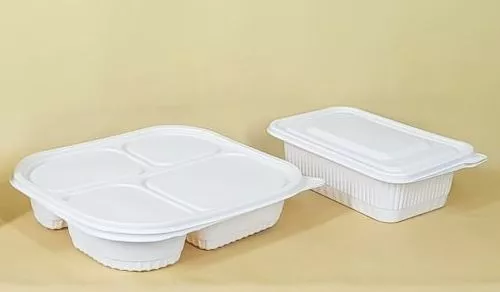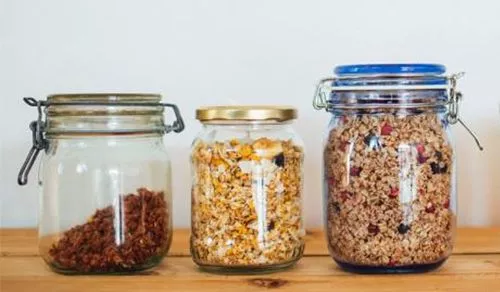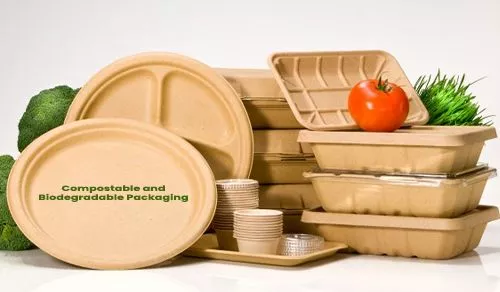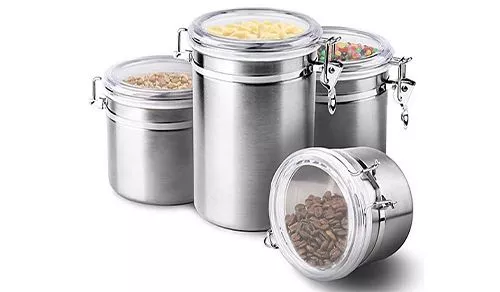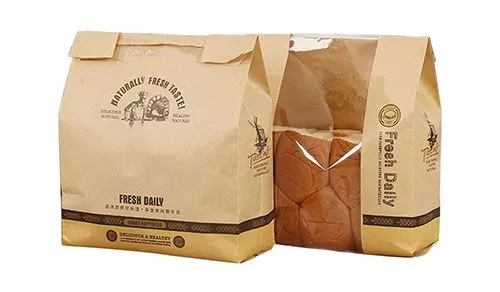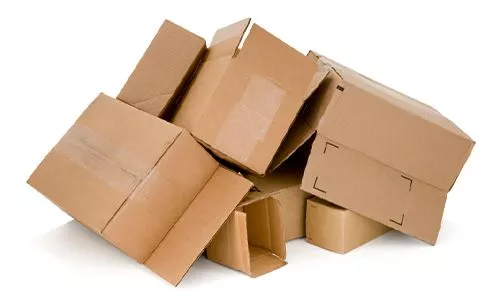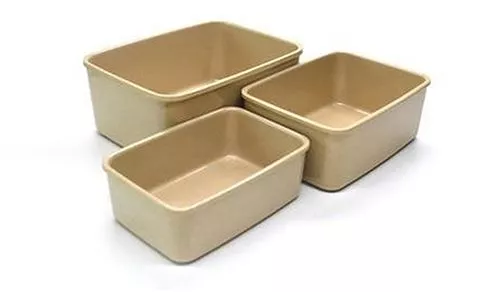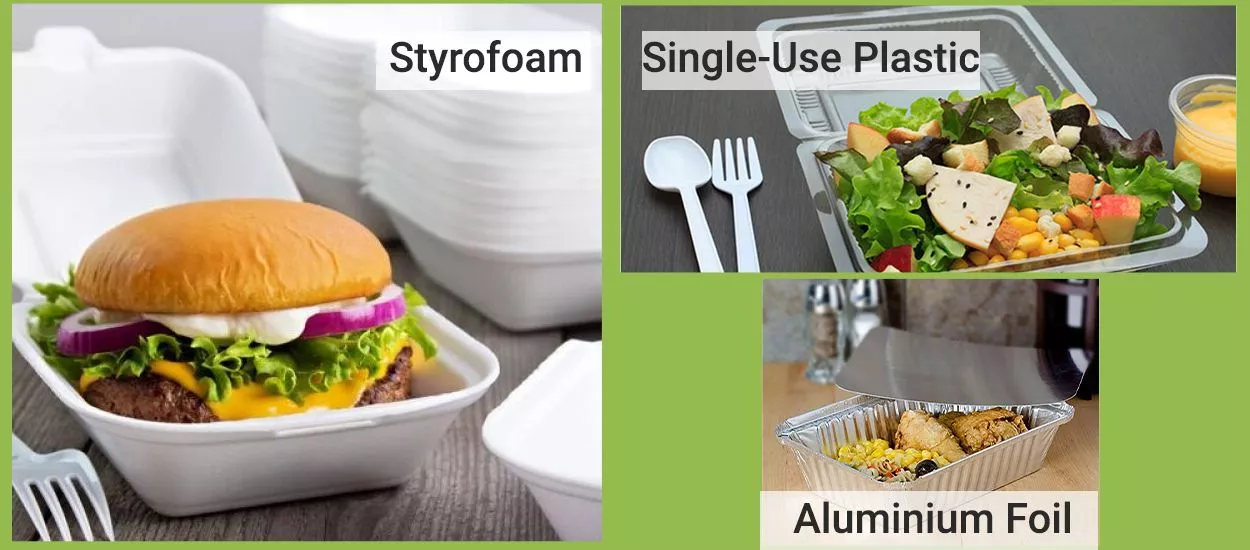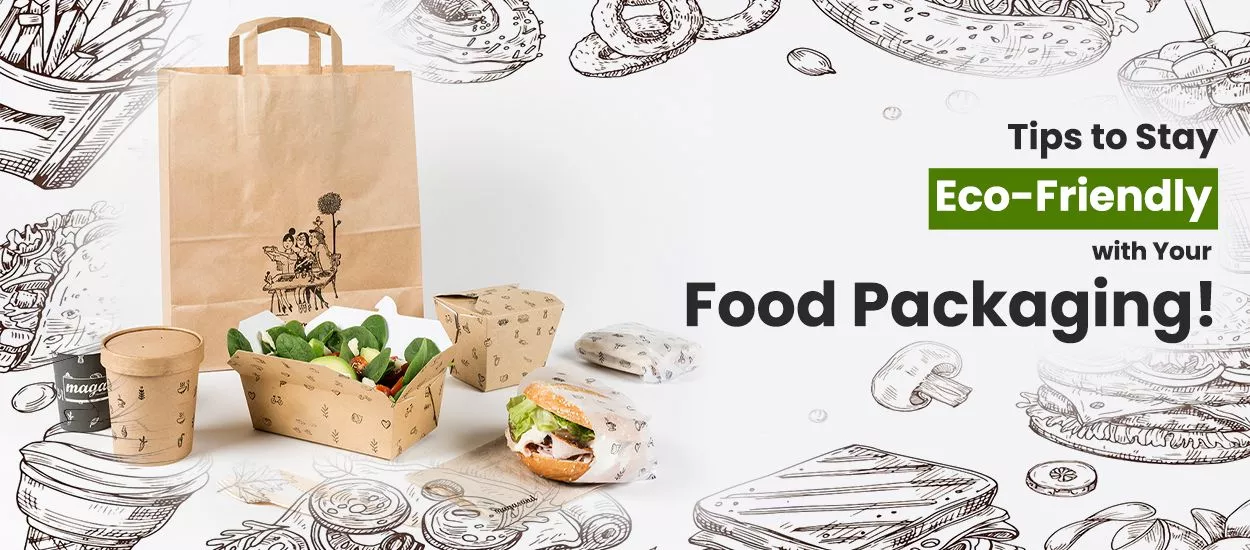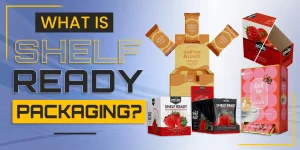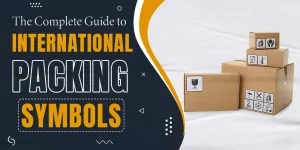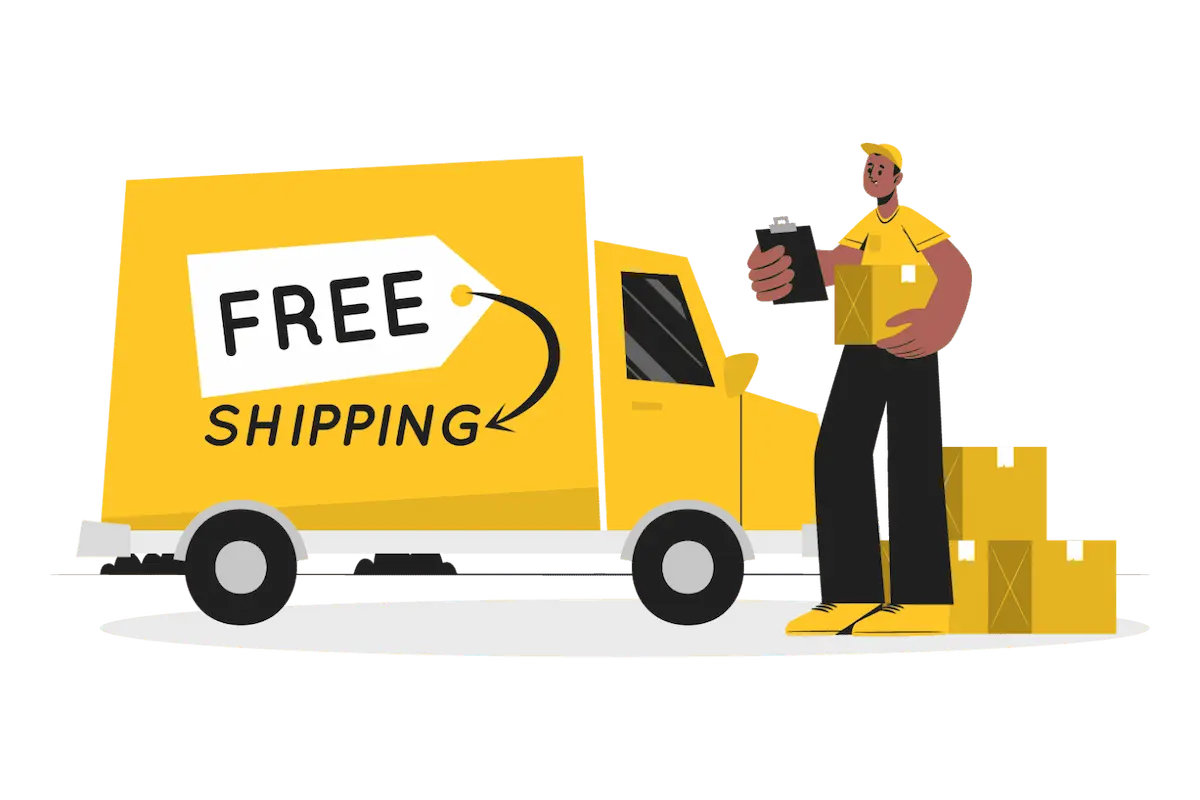When it comes to packaging our food, we must consider the impact it has on our environment. Accordingly, this is where eco-friendly food packaging comes in. Eco-friendly packaging creates minimal negative effects on the environment. In fact, this packaging solution is becoming increasingly popular these days. So, let’s know more about this packaging!
Table of Contents
ToggleWhy is Eco-Friendly Food Packaging Important?
Eco-friendly food packaging has a lower carbon footprint. Accordingly, eco-friendly packaging material comes from recycled or renewable resources.
What’s more, this packaging plays a great role in promoting sustainability and reducing waste. After all, we know that some traditional packaging materials, such as Styrofoam, can take hundreds of years to decay. Thus, they often end up in landfills or polluting our oceans. This not only harms the environment. Worse, it also poses a threat to wildlife and ecosystems.
By choosing eco-friendly food packaging, we can significantly reduce our ecological footprint. These packaging materials come from renewable resources. Additionally, they are biodegradable or recyclable.
Let’s explore more about the importance of eco-friendly food packaging!
Environmental and Health Considerations
Indeed, non-eco-friendly packaging materials can be harmful. In fact, they can release chemicals that can contaminate our food. Worse, they can pose risks to our health. Moreover, they contribute to pollution and disturb the ecosystems.
On the other hand, eco-friendly food packaging prioritizes using safe materials. Yes, it means that this packaging is safe for both the environment and consumers.
Consumer Demand and Market Shift
We can clearly see a shift in consumer preferences towards eco-friendly products. Well, food packaging is no exception. Many brands are now embracing eco-friendly packaging options to meet this demand. Fortunately, this effort also helps improve their brand reputation. Additionally, we can also see the growing market demand for eco-friendly packaging. This has encouraged the development of more sustainable solutions.
Long-Term Sustainability
Sustainable packaging practices play a great role in promoting long-term sustainability. How?
Well, the practices effectively reduce waste and preserve resources. In simpler terms, eco-friendly packaging contributes to a healthier planet. This way, it supports a more balanced relationship between human activities and the natural environment.
Types of Eco-Friendly Food Packaging You Can Get
Today, both consumers and businesses actively look for ways to minimize their environmental footprint. Well, this trend extends to the packaging industry.
Food packaging, in specific, contributes significantly to plastic and paper waste. To address this issue, it is essential for food businesses to consider sustainable packaging solutions.
So, have a look below for the options you can choose!
Bamboo
First, there’s bamboo packaging. This is a very biodegradable material. Plus, this material not only presents your food items attractively. Better yet, it also naturally decays over time. Hence, it can help to reduce waste.
Starch-Based Plastics
Another option you can choose is starch-based plastics. These plastic are compostable. In fact, they will break down as biodegradable material. Even better, they do better by providing valuable nutrients to the soil during decomposition. Plus, they can be safely composted along with organic waste.
Glass Containers
Glass is an excellent choice for food packaging. This material comes with its reusability, recyclability, and durability. Glass containers can withstand the test of time. Plus, they are easy to clean and transport. Importantly, glass containers have minimal negative environmental impact.
Compostable and Biodegradable Packaging
While most food packaging is reusable, this one can actually take sustainability a step further. How?
This packaging is microwave-safe. Even better, it is 100% biodegradable.
Stainless Steel
Stainless steel is another great choice for eco-friendly packaging. This material is durable and heat resistant. Better yet, it will be safe for food storage. Most importantly, stainless steel containers can be reusable and recyclable. Hence, making them a sustainable option.
Kraft Paper
Another excellent option is kraft paper. It is basically a type of paper made from wood pulp. This pulp often came from sustainable forests. Kraft paper is famous for its strength, durability, and flexibility. Accordingly, these features make it suitable for various food packaging applications.
One of the common uses of kraft paper is for wrapping food items like sandwiches, or bakeries items. Yes, it serves as a sustainable alternative to plastic wraps, which is a big advantage.
Additionally, kraft paper is also perfect for making paper bags and pouches. These types of bags are ideal for dry food items such as grains, nuts, and snacks.
Moreover, a professional packaging supplier can shape kraft material into eco-friendly takeout containers. Even better, you can get custom food boxes with logo from Silver Edge Packaging. These containers are great for food delivery. Ultimately, they offer a sustainable option for packaging food on the go.
Recyclable Cardboard
Now, let’s talk about recyclable cardboard. This is another popular eco-friendly packaging material in the food industry. It is popular for its strength and ability to protect food products.
Cardboard is famous for packaging cereals, snacks, beverages, and other food products. Mostly, some packaging suppliers offer it in the form of boxes or cartons. Additionally, cardboard boxes can help in providing a recyclable solution for storing various food items.
What’s more, you can easily shape cardboard into trays and inserts. These features will help you organize food items within larger packages. Plus, they will minimize movement during transportation. Thus, ensuring the safety of the products.
Rice Husk Containers
These containers are the result of rice milling instead of being burned or discarded. And yes, they are biodegradable and compostable.
Cellulose-Filled Gelatin Films
These are natural polymers that can form edible and biodegradable films for food wrapping. Even better, they can also improve the shelf life and quality of your food items.
Know About Non-Eco-Friendly Food Packaging As Well!
When talking about eco-friendly food packaging, we should also know about non-eco-friendly packaging. This packaging comes with a harmful environmental impact. Plus, it will contribute to excessive waste generation.
Here are some examples of non-eco-friendly food packaging that you should avoid!
- Styrofoam
Styrofoam is not biodegradable. In fact, it can persist in the environment for hundreds of years. Also note that this material is very difficult to recycle. The worse thing is that the production of this material contributes to pollution.
- Single-Use Plastic
Single-use plastics are major criminals when it comes to non-eco-friendly packaging. Well you can find many examples for these such as plastic bags, straws, and cutlery. These items are only for one-time use. Thus, they often end up as jumble and polluting our oceans. What’s more, the production of plastics also contributes to greenhouse gas emissions.
- Aluminium Foil
This is non-renewable material that requires a lot of energy to produce. Do note that this material can affect the taste and quality of your food.
Tips to Stay Eco-Friendly with Your Food Packaging!
Use Less Plastic, in All Forms
Remember that plastic does not break down completely for hundreds to thousands of years. In fact, it can also leach harmful chemicals into food and the environment.
Use 100% Biodegradable, Compostable, and Recyclable Materials
Choosing reusable or recyclable packaging can reduce landfill and greenhouse gas emissions.
Use Innovative Packaging Solutions
You can also try experimenting with new ways of packaging your products. For instance, you can try edible films, mushroom foam, or biodegradable nets. These solutions can offer protection and convenience. Of course, without harming the environment.
Ship Your Items in Bulk
Shipping your food items in larger quantities can reduce the amount of packaging materials. Plus, it can also minimize the fuel you need for transportation.
Apply a Sustainable Packaging Design
Yes, the design of your packaging can also affect its environmental impact. Consider using minimal or no labels, clear or simple graphics. Additionally, you can try easy-to-open or resealable features. These can help reduce waste and save resources. Even better, it will enhance customer experience.
Educate Customers About Eco-Friendly Practices
Yes, you can use your packaging as a platform to inform customers about their sustainability efforts. Tell them how they can help. For instance, you can provide instructions on how to dispose of the packaging properly. Or else, you can encourage them to reuse or recycle your packaging.
Listen to Customer Feedback and Preferences
As a food brand, you should conduct surveys or polls. These surveys will help you understand what your customers want and expect from your packaging. Eventually, this effort can help you improve their packaging quality and functionality. At the same time, you can still meet your sustainability goals.
In Summary
Using eco-friendly food packaging is essential for a greener future. When we choose eco-friendly packaging, we greatly lessen our impact on the environment. The demand from consumers is growing, which is leading to a shift towards more sustainable practices in the custom packaging boxes industry. So, it’s time to embrace these innovative solutions. We need to work together to create a healthier planet for future generations by using eco-friendly packaging. Let’s make a collective effort to make a positive change!

